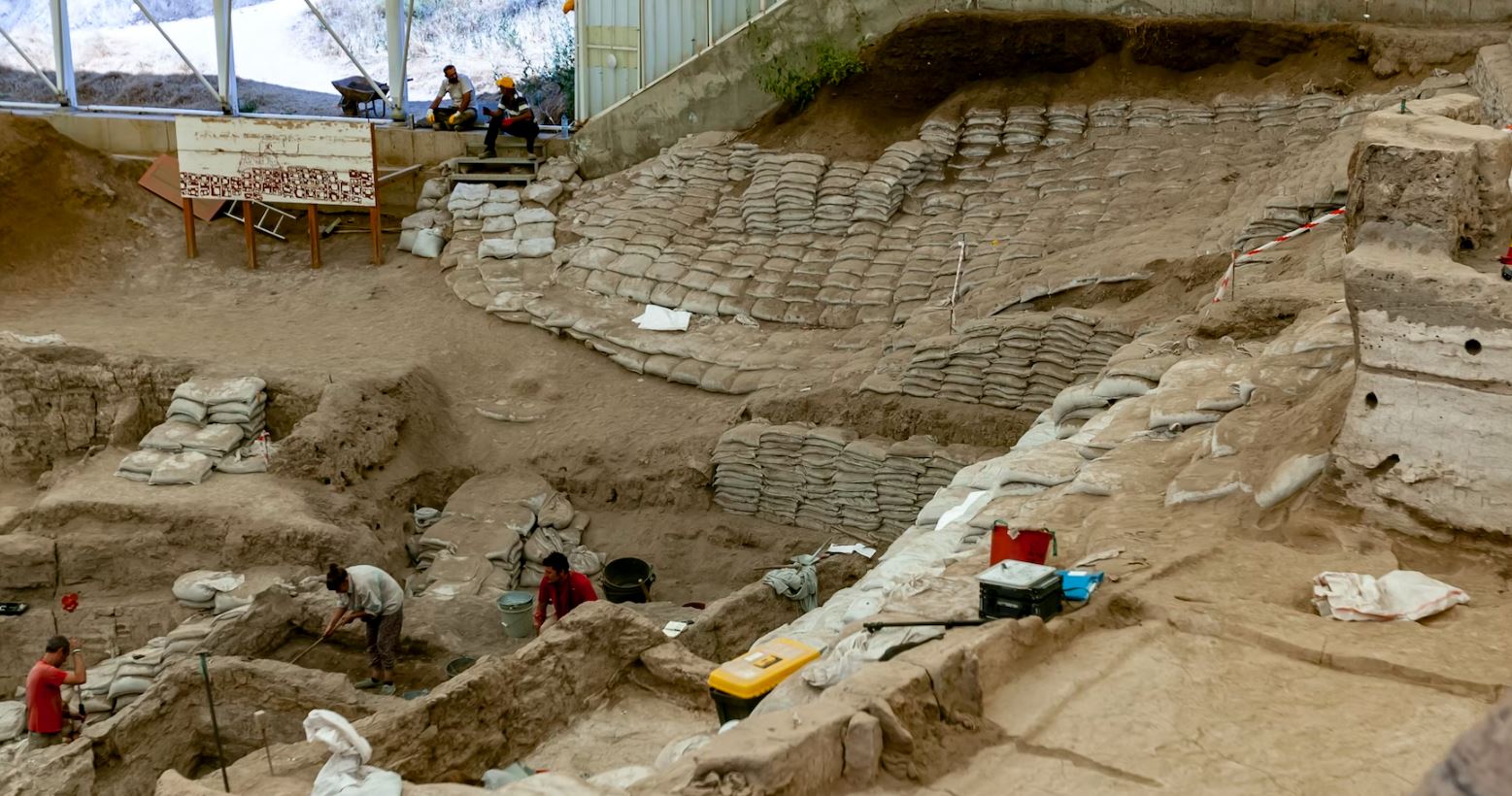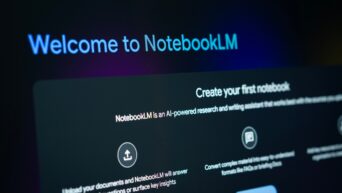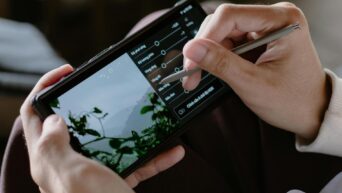
Credit: Unsplash
A whole city uncovered, no digging necessary.
The most physically and financially intensive part of archaeology is digging. When an entire city ends up buried under hundreds of feet of dirt, you either start digging, or you don’t get to see it. Turns out, though, there’s much simpler way to get a snapshot of ancient cultures: just use a ground-penetrating radar (or “GPR” for short).
An archaeology team made up of researchers from the University of Cambridge and Ghent University in Belgium recently visited Falerii Novi, the ruins of a town situated on a volcanic plateau to the north of Rome. Falerii Novi is believed to have been home to a Falisci tribe, forcefully relocated after an attempted revolt against the Roman Empire circa 241 BC. Chunks of the town have been excavated since the 90s, but with the majority of it underground, it’s been difficult to get a complete picture of it. Previous teams have utilized magnetometry to look beneath the surface by monitoring changes in magnetic waves, but those results were a bit on the spotty side. This is why this new team opted to use GPR, which has provided good results in other archaeological pursuits.
The researchers mounted a small GPR unit to the back of an ATV and drove around the town’s 75 acre perimeter, stopping to take a reading every 12.5 centimetres. With this method, the researchers were able to obtain not only a near-complete map of the town’s general layout, but even a map of its inner plumbing systems. A variety of new structures were uncovered, including public monuments, temples, and even what the researchers believe to be a massive public bathhouse.
In addition to providing some fascinating new info on an ancient society, this study has also proven the benefits of GPR for archaeological pursuits. “The astonishing level of detail which we have achieved at Falerii Novi, and the surprising features that GPR has revealed, suggest that this type of survey could transform the way archaeologists investigate urban sites, as total entities,” said study co-author Martin Millett of the University of Cambridge. “We still have so much to learn about Roman urban life, and this technology should open up unprecedented opportunities for decades to come.”
































